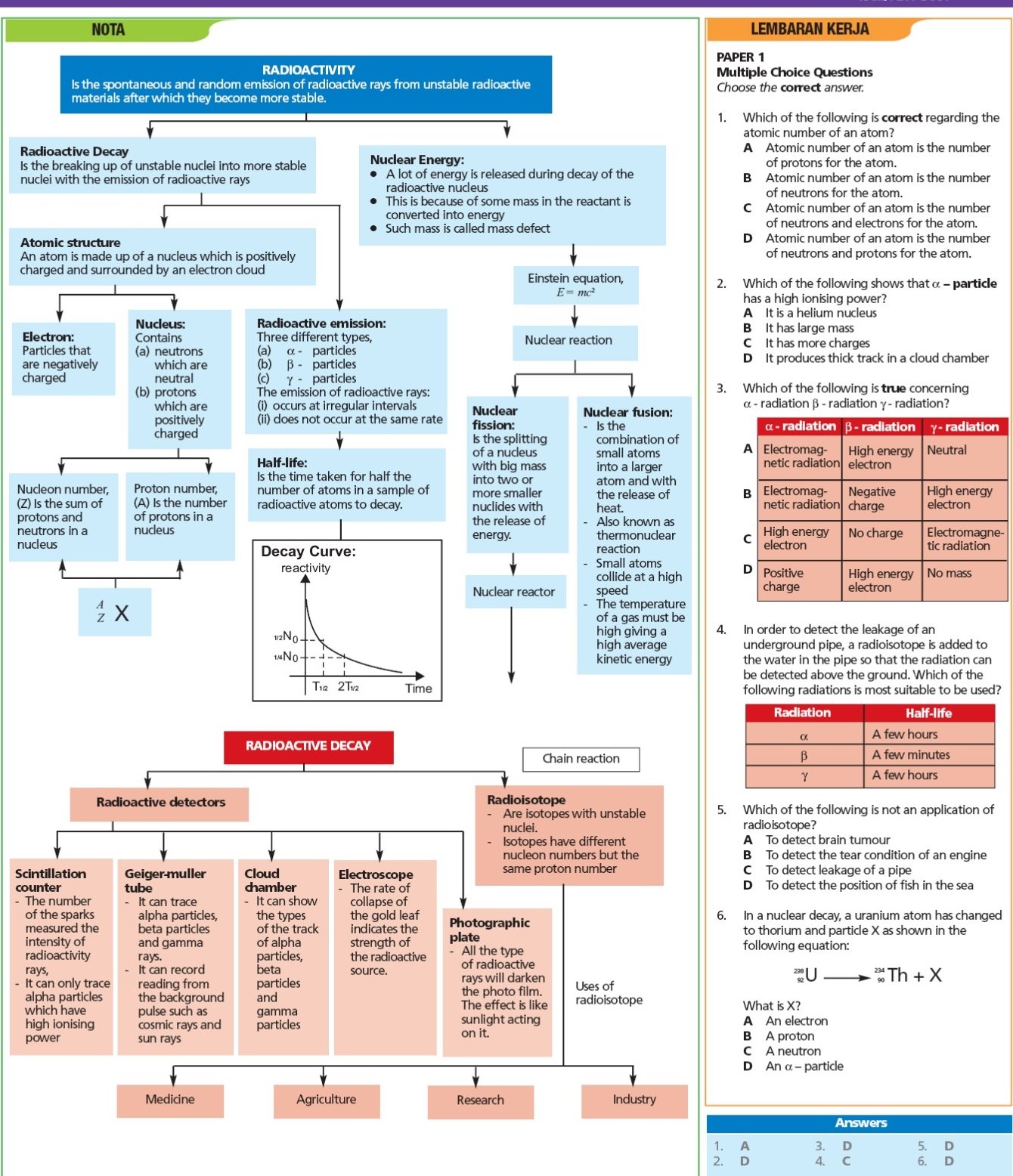Nota Ringkas Sains Tingkatan 4
Posted admin
Nota sains tingkatan 4 (bab 6) nota sains tingkatan 4 (bab 8) Nota sains tingkatan 4 (bab 7) November (2) October (1) July (3) Awesome Inc. Theme images by enot-poloskun. Powered by Blogger.
Sains Tingkatan 4 Bab 4
Translate the description into English (United States) using Google Translate?Translate the description back to Malay
This augmented reality app is used in Malaysian textbooks for primary and secondary schools. It is to assist students in better understanding the subject in hand via 3-D modelling, videos, animation and audio.

Collapse
508 total
4
2
Read more
50,000+
3.0.3
4.1 and up
Nota Sains Tingkatan 4
Google Commerce Ltd
Xentral Methods Sdn Bhd4801-1-7, Persiaran FloraCBD Perdana63000 CyberjayaMalaysia
Nota Ringkas: Science Form 3: Chapter 1 : Respiration (Respirasi)RESPIRATION(RESPIRASI) yDefinition : a process in breaking of glucose ( food ) with the presence of oxygen to produce energy / oxidation of food process. Definasi : proses pemecahan glukosa dengan kehadiran oksigen untuk hasilkan tenaga/ pengoksidaan proses makanan. During respiration, humans obtain oxygen which at the same time remove carbon dioxide and water vapour through the respiratory system. Semasa respirasi,manusia memperolehi oksigen dan pada masa yang sama singkirkan karbon dioksida dan wap air melalui sistem respirasi. Oxygen is obtains through breathing. Mendapat oksigen dengan bernafas.yyHUMAN BREATHING MECHANISMSTRUCTURE (STRUKTUR) NASAL CAVITY (RONGGA HIDUNG) TRACHEA (TRAKEA)FUNCTION (FUNGSI) Air entering from the nostrils is led to the nasal cavity(Udara masuk ke dalam lubang hidung ke rongga hidung)An airway through which respiratory air travels. The rings of cartilage within its walls keep the trachea open. (Saluran merupakan tempat udara respirasi bergerak.Gelang rawan pada dinding memastikan trakea terbuka) Passage divided from tracheaSaluran yang terbahagi dua dari trakeaBRONCHUS (BRONKUS) BRONCHIOLE (BRONKIOL)[ singular = bronchus, plural = bronchi ] A narrow tube inside the lungs that branches off the main air passages bronchiSaluran yang membengkok ke dalam peparu merupakan banyak saluran kecil .ALVEOLUS (ALVEOLUS) RIB CAGE (TULANG RUSUK) LUNG (PEPARU) INTERCOSTAL MUSCLES (OTOT INTERKOSTA)Place where exchange of gases take place Tempat pertukaran gas To protect the lungs and help in breathing mechanism Melindungi peparu dan membantu dalam mekanisme pernafasan A respiratory organ Organ respirasi Antagonistic muscles that help the movement of rib cage for breathing mechanism Otot bertentangan membantu pergerakan tulang rusuk dalam mekanisme pernafasan. A muscular membrane that separates the thoracic cavity and the abdominal cavityDIAPHRAGM (DIAFRAGMA)BREATHING MECHANISM (MEKANISME PERNAFASAN) INHALATION(TARIKAN NAFAS)EXHALATION(________________ NAFAS)= a process when air is force into the lungs Proses udara masuk ke dalam peparu= a process when air is force out of the lungsProses udara keluar ke dalam peparuExternal intercostal muscle contract, while internal intercostal muscle relax Otot interkosta luar mengecut, Otot interkosta dalam mengendur.Intercostal muscle (otot interkosta)External intercostal muscle_____________ , while internal intercostal muscle _______________. Otot interkosta luar___________, Otot interkosta dalam ______________ Move downwards and inwards Bergerak ke ____________dan ke ______________ Relax and become dome shape Mengendur dan berbentuk _________ Volume decrease Isipadu ________________ Increase _______________ Air is force out of the lungs Udara ___________dari peparuMoves upwards and outwards Bergerak ke atas dan ke luar Contract and become flat Mengecut dan menjadi rata Volume increase Isipadu bertambah Decrease Meningkat Air from outside enters the lungs Udara dari luar masuk peparuRib cage (tulang rusuk) Diaphragm (Diafragma) Thoracic cavity (Rongga dada) Air pressure in the lung (Tekanan udara dalam peparu) Air movement (Pergerakan Udara)You just need to memorize 1 process because the other part is just the OPPOSITE Anda hanya perlu menghafal 1 proses kerana proses yang satu lagi adalah BERLAWANANyPathway taken by air during inhalation: Nostril ---> Nasal cavity--> Trachea--->Bronchus---->Bronchiole--->AlveolusyPathway taken by air during exhalation: Alveolus---> Bronchiole--> Bronchus--->Trachea---->Nasal cavity--->Nostril Transport of oxygen in human body Exchange of gases takes place in the alveoli by diffusion. Characteristics of alveoli that help exchange of gases to take place effectively:Has one-cell thick wall ( very thin) Inside surface has thin film of moisture Huge number of alveoli Network of blood capillaries surround each alveoliTRANSPORTATION OF OXYGEN1. 2. 3. 4. 5. 6. Oxygen dissolves in the moist lining of the alveolus Then, oxygen diffuses into the blood capillaries Blood inside the capillaries contains red blood cells that are rich with haemoglobin Oxygen combines with haemoglobin to form oxyhaemoglobin Oxyhaemoglobin is transported in the blood to heart and then pump to all parts of the body Oxyhaemoglobin breaks down, oxygen diffuses into the cells, at the same time carbon dioxide diffuses into the bloodEFFECTS OF OTHER AIR POLLUTANTSCHEMICAL SUBSTANCE SOURCES DAMAGING EFFECTS Reduces amount of oxygen in the food Damages lung tissues Cause cancer Interacts with hydrocarbons to form haze Causes breathing difficultiesCarbon monoxide Sulphur dioxide Hydrocarbons Nitrogen oxideCar exhaust Industry, vehicles Industry, vehicles Industry, vehicles Industry, vehicles, open BurningHaze